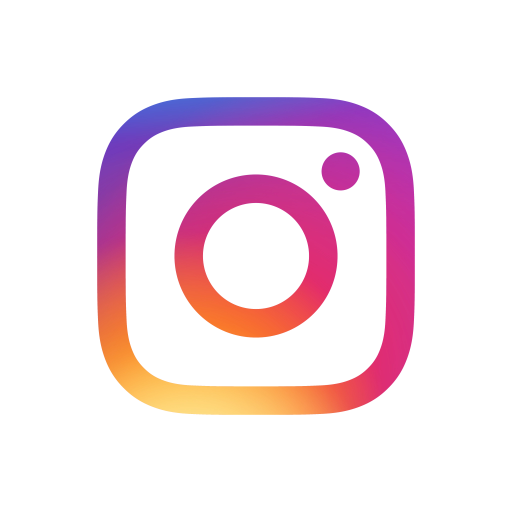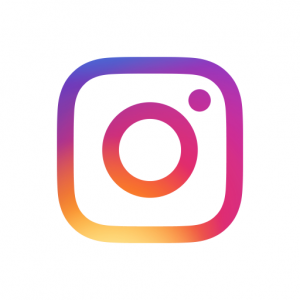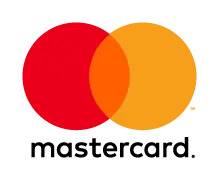On March 28, a barrage of posts asking Instagram users to turn on notifications for accounts they follow was encountered upon waking up. The reason behind this clamor was a significant update that is being implemented in the photo-sharing app, putting small businesses at risk of losing customers.
The change, which resembles Facebook’s algorithm, was recently announced by Instagram. The app will no longer display content chronologically in users’ feeds. Instead, the posts that appear first will be determined by the app based on users’ interests. This will encompass popular posts as well as those derived from users’ previous engagement, such as likes, comments, and frequently visited profiles. Although an official launch date for the algorithm update has not been announced by Instagram, marketers and businesses swiftly reacted to the news, and understandably so. Following the update, posts from less popular accounts are likely to be buried in users’ timelines. Consequently, small businesses can anticipate a decrease not only in engagement but also in customers and sales.
However, there is a bright side to the update. In order to remain competitive, businesses with highly targeted followers and high-quality content will be the ones to distinguish themselves from the competition.
From a strategic standpoint, the new Instagram algorithm will level the playing field, according to Emmelie De La Cruz, a branding and social media consultant at The Branding Muse and author of “Make Yourself Marketable.”
“The new algorithmic feed will eliminate the advantage of those accounts with purchased followers, low-quality content, and the ability to post every 30 minutes,” De La Cruz stated. “It will differentiate between those with great and truly engaging content and the fakes with purchased followers and subpar content.”
However, is requesting followers to enable post notifications for business accounts truly the best approach? Surprisingly, this move had the opposite effect, as many users expressed their grief and annoyance over the call to action due to its overwhelming ubiquity.
“Getting followers to turn on post notifications is not the solution to the Instagram update,” De La Cruz remarked. “Instead, it involves staying ahead of the game with smart strategies.”
To help businesses adjust to the new Instagram, De La Cruz offered the following three tips on surviving its update:
Make an extra push to increase engagement now.
The easiest way is to increase exposure and optimize engagement. This means you need to get more eyes on your profile and do it at the right time.
De La Cruz suggests using a tool like Iconosquare to identify the best times for you to post for your brand and increase exposure. Another tool we came across is Bettr, a scheduling and analytics app for Instagram. Bettr offers advanced capabilities like automatically posting at scheduled times and insights to reveal top engaged followers, unfollowers, follower ratios and more.
Other ways to strategically boost engagement include giveaways, collaborations, features and advertising, De La Cruz said.
Businesses should also make regular use of calls to action, such as asking followers to double tap, comment and tag friends on posts. Similarly, to increase followers and engagement on Instagram, businesses should also leverage other marketing channels — such as Snapchat, Facebook and Pinterest — with calls to action.
2. Use hashtags
If there’s anything that has stayed the same with Instagram, it’s hashtags. Hashtags will continue to be a way to help Instagram users discover new content, so use that to your advantage, De La Cruz said. Alternate between 10 to 15 hashtags that are relevant to your brand to put your content in front of the right people.
In addition to your own brand and industry hashtags, monitor trending hashtags to see if any of the applicable and relevant hashtags are popular, which will give you the opportunity to become part of the real-time online conversation.
3. Use your email list
Email marketing is the most effective way to market your business, and that includes your social media accounts. If you haven’t been using Instagram to grow your email list, now is the time to start driving traffic back to other channels. Your email list is the only database that you control, and you can use it at your own pace to market and promote yourself and your business.
In conclusion,
the recent algorithm update implemented by Instagram has raised concerns among small businesses regarding the potential loss of customers and decreased engagement. With the new algorithm prioritizing content based on users’ interests, popular posts, and previous engagement, less popular accounts may struggle to reach their target audience. However, there are positive aspects to consider as well. The update presents an opportunity for businesses with highly targeted followers and high-quality content to distinguish themselves from competitors.
Emmelie De La Cruz, a branding and social media consultant, suggests that the algorithm update levels the playing field by diminishing the advantage of accounts with purchased followers and low-quality content. Instead, the focus will be on accounts with engaging and valuable content. Therefore, rather than resorting to requesting followers to enable post notifications, De La Cruz emphasizes the importance of staying ahead of the game with smart strategies.
To survive the update and thrive on Instagram, De La Cruz offers three essential tips. Firstly, businesses should make an extra effort to increase engagement by increasing exposure and optimizing posting times. Tools like Iconosquare and Bettr can assist in identifying optimal posting times and providing insights to enhance engagement.
Secondly, hashtags remain a powerful tool for content discovery on Instagram. Using relevant hashtags and monitoring trending ones can help businesses reach the right audience and become part of real-time conversations.
Lastly, businesses should leverage their email lists to drive traffic back to their social media accounts. Email marketing continues to be an effective way to promote and market businesses, providing control over the database and the ability to reach customers at their own pace.
In summary, while the algorithm update poses challenges for small businesses, it also presents an opportunity for those with high-quality content to shine. By implementing strategic approaches to increase engagement, utilizing hashtags effectively, and leveraging email marketing, businesses can adapt and thrive in the new Instagram landscape.



